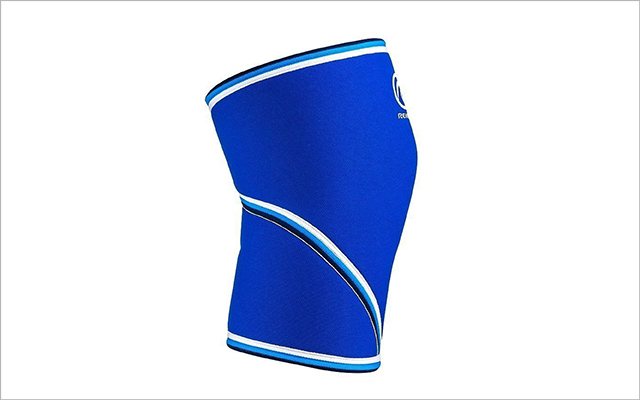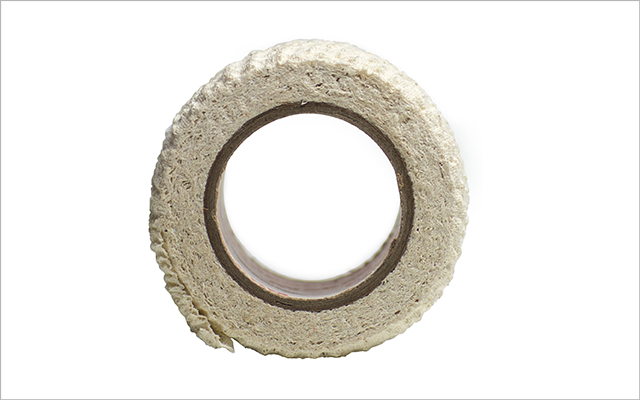There’s nothing quite like the feeling of lifting a heavy barbell off the ground and propelling it overhead in one quick, powerful move. But the qualities that make Olympic weightlifting so exhilarating are also what make the sport’s two lifts — the snatch and the clean and jerk — so challenging to learn.
“Each movement involves several facets of athletic ability: mobility, speed, timing, precision, balance, power. All of these are inseparable from each other,” says coach Greg Everett, founder of Catalyst Athletics and author of Olympic Weightlifting. “Rather than trying to train 10 different facets of fitness individually, you’re developing them in a very economical way.”
Olympic weightlifting provides myriad benefits for full-body fitness and a chance for infinite progression, Everett explains. But it can be intimidating at times. “You have to manage all of these elements simultaneously in a brief period of time while also putting your body under a heavy barbell.”
Working on technique with a professional coach is ideal. But if this is not an option, resources such as videos, books, articles, and online training programs can help you take your lifts to the next level. Everett shares his top tips.
Technique Tips for the Snatch and the Clean and Jerk
- Breathe. Proper breathing technique helps make your trunk a rigid unit throughout the lift. “Any movement of your trunk is robbing power that should be going into the bar,” explains Everett. Just before you drop down to pull the bar from the floor, take a deep inhale and relax your abs. “The expansion of your trunk should be visible to anyone looking at you.” Then, once you are in position, lock down your breath and tighten your abs. “Don’t mistake tightening your abs for sucking them in. You want to feel your abs push down to create tension.”
- Perform every lift as if it were your max. “There’s a real need for aggressiveness in creating and maintaining tension in all postures,” says Everett. “While holding the bar overhead, extend your arms, lock them out, and squeeze your shoulder blades as hard as possible on every repetition. When you practice this during light lifts, it becomes habit, so you don’t need to consciously think about it when you increase the weight.”
- Maintain balance over the centers of your feet. Most athletes new to weightlifting keep their weight on the balls of their feet, whereas powerlifters distribute their weight in their heels. For Olympic weightlifting, you want to maintain balance across your whole foot throughout each movement, even as the pressure on your foot changes.
- Perfect your hook grip. “A lot of people end up pinching their thumbs parallel against the bar. The key is to grab your thumb by your first and second finger and try to pull it farther around the bar.” Everett says you may still experience some initial discomfort (you can tape your thumb to counter this), but the correct technique can facilitate progress.
- Lift and review. “People often focus on the endpoint of the lift, not understanding that the position of your body in relation to the bar is what determines whether you reach this endpoint successfully,” Everett explains. He recommends breaking down the snatch and the clean and jerk into smaller segments for practice.
You can also take a video of yourself performing each lift and then review your footage. “At obvious points throughout the lift, freeze the frame and check where your body and the bar are. Compare your positioning with that of professional lifters in their videos or in photos.”
Drill: Snatch Pulls and Clean Pulls
These moves help train the hip, knee, and ankle extension — known as triple extension. Perform for up to five reps per set at a heavy-for-you weight (80 percent or higher of your best lift). Do snatch pulls before performing snatches and clean pulls before cleans.
- Stand with feet at hip width, barbell over the balls of your feet. Grasp the bar with the appropriate grip (wide for snatch pulls, shoulder width for clean pulls); allow your arms to hang straight with shoulders just in front of the bar. Flare your knees out a bit.
- Shift your weight back slightly toward your heels as you pull the bar from the floor; maintain the same back angle until the bar is at midthigh. From middle to upper thigh, your shoulders should be at least a little out in front of the bar.
- Extend your legs and hips aggressively to accelerate the bar, keeping it close to your body and allowing it to make contact at your hips. This movement should be directed vertically; lean your trunk back slightly to maintain balance.
- Shrug your shoulders up at the top of this extension to continue the bar’s upward path, keeping it against your body. The aggressiveness of the pull will lift your heels off the ground as the extension is completed.
This originally appeared as “Going Overhead” in the September 2018 print issue of Experience Life.
Gear Essentials
Adidas AdiPower Weightlifting Shoes

Proper weightlifting shoes have a flat, solid sole and a strong upper and are snug to prevent your foot from shifting in the shoe. Heel height will vary; the less ankle mobility you have, the more you’ll benefit from a higher heel. $200 at www.adidas.com.
Rehband 7051 Knee Support

Using supports can limit tissue adaptation and make joints dependent, so you probably don’t need knee sleeves unless you have an existing injury, says Everett. Sleeves, like this durable option, also help keep the joint warm while you lift. About $43 at www.roguefitness.com.
Self-Stick Thumb Tape

Wrapping your thumb can prevent the discomfort that a hook grip can cause. This tape was specially designed to stay in place and improve your grip. About $5 at www.averagebroz.com.
This Post Has 0 Comments